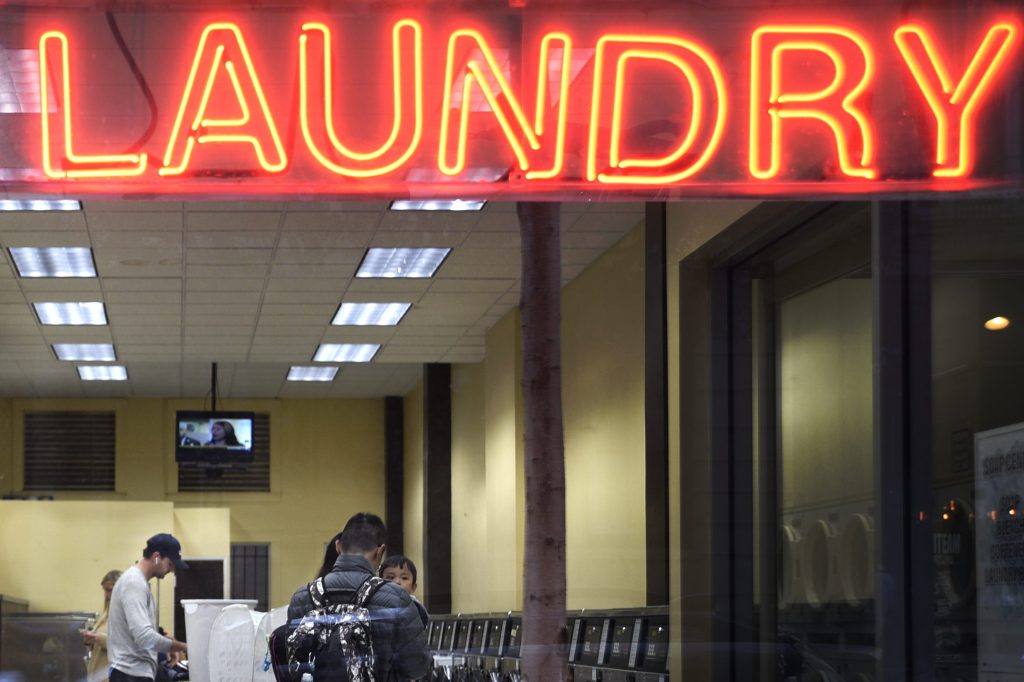Inside FINRA's Crypto Hub: Its mission and surveillance efforts explained
Jason Foye, chief of FINRA's Crypto Hub, offers an inside view of the agency's crypto asset oversight activities.

Hameed Shuja3 min read

Alexander Barzacanos3 min read

Ning Zhang | Morgan Lewis, Yan Zeng | Morgan Lewis17 min read
FINRA Rule 3310
The AML programs required by the rule must, at a minimum, include:

Inside FINRA's Crypto Hub: Its mission and surveillance efforts explained
Jason Foye, chief of FINRA's Crypto Hub, offers an inside view of the agency's crypto asset oversight activities.
Julie DiMauro3 min read

Merrill Lynch fails to file nearly 1,500 SARs, say SEC and FINRA
FINRA and the SEC fine Merrill Lynch $6m, saying the broker-dealer failed to implement policies, procedures, and internal controls.
Julie DiMauro1 min read

SEC risk alert notes deficiencies found in recent AML examinations
Latest SEC Risk Alert presents examination observations about key AML requirements, such as the independent testing of firms’ AML programs and customer verification.
Julie DiMauro2 min read
Supervision
Inside FINRA's Crypto Hub: Its mission and surveillance efforts explained
Enforcement
Merrill Lynch fails to file nearly 1,500 SARs, say SEC and FINRA
Compliance
SEC risk alert notes deficiencies found in recent AML examinations

FINRA outlined failure to implement effective supervisory and surveillance practices for trading and business communications recordkeeping.
Julie DiMauro4 min read

Disciplinary decisions issued June 21 – 27, 2025.
Thomas Hyrkiel2 min read

Disciplinary decisions issued June 14 – 20, 2025.
Thomas Hyrkiel2 min read

Disciplinary decisions issued April 19 – 25, 2025.
Thomas Hyrkiel7 min read

Disciplinary decisions issued April 5 – 18, 2025.
Thomas Hyrkiel4 min read

Disciplinary decisions issued March 15 – 21, 2025.
Thomas Hyrkiel3 min read

Disciplinary decisions issued March 8 – 14, 2025.
Thomas Hyrkiel1 min read

Disciplinary decisions issued March 1 – 7, 2025.
Thomas Hyrkiel5 min read